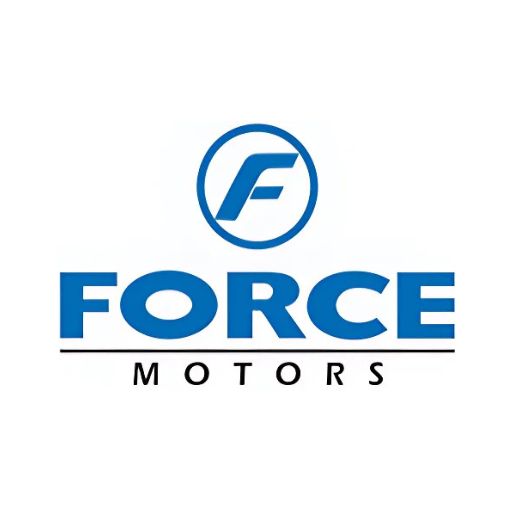Force Motors shares gain as quarterly profit jumps over 2.5 times year on year
Force Motors’ earnings before interest, tax, depreciation and amortisation (EBITDA) for Q2 stood at ₹387 crore, marking a 33% increase over ₹291 crore in the same quarter last year

Force Motors has announced robust financial performance for the second quarter of the financial year 2025-26, with healthy growth across all major financial indicators, including revenue, PBT, and PAT.
According to the company’s standalone results for the quarter ending September 2025, revenue rose by 8% to ₹2,106 crore compared to ₹1,950 crore in the same period last year. For the first half (H1) of FY25–26, revenue increased by 15% to ₹4,428 crore, up from ₹3,850 crore in the first half of FY24–25.
The company also saw a sharp rise in profitability. Force Motors’ earnings before interest, tax, depreciation and amortisation (EBITDA) for Q2 stood at ₹387 crore, marking a 33% increase over ₹291 crore in the same quarter last year. For H1, EBITDA reached ₹744 crore, up 34% from ₹555 crore in the comparable period of the previous year.
Profit before tax (PBT) showed the highest growth among the key indicators. Force Motors reported a PBT of ₹316 crore in Q2 FY25–26, compared to ₹217 crore a year earlier — a jump of 46%. For H1, PBT climbed by 50% to ₹602 crore versus ₹403 crore in H1 FY24–25.
Crucially, profit after tax (PAT) — which reflects the final profit after all expenses, taxes and adjustments — surged sharply. For Q2 FY25–26, PAT was reported at ₹350 crore, up from roughly ₹142 crore in the same quarter a year ago (growth of about 148%). For H1, PAT more than doubled to ₹535 crore, compared with around ₹250 crore in H1 FY24–25. These figures reflect the company’s transition to the new tax regime, which reduced its effective tax burden and significantly boosted profitability.
The company said that strong financial performance reflects continued demand for its commercial vehicle range, including the Traveller series and other products, across both domestic and export markets. It also attributed the improvement in profit margins to better operational efficiency, cost control and favourable tax-structure changes.
Force Motors, known for its commercial vehicles, utility vans, and special-application vehicles, has been expanding its product range and production capacity in recent quarters to meet rising market demand.
